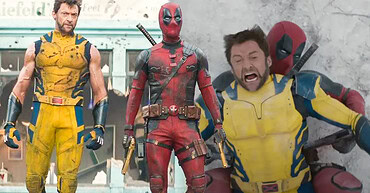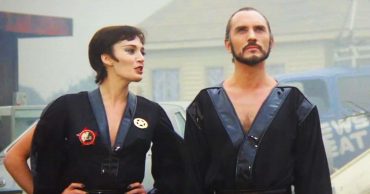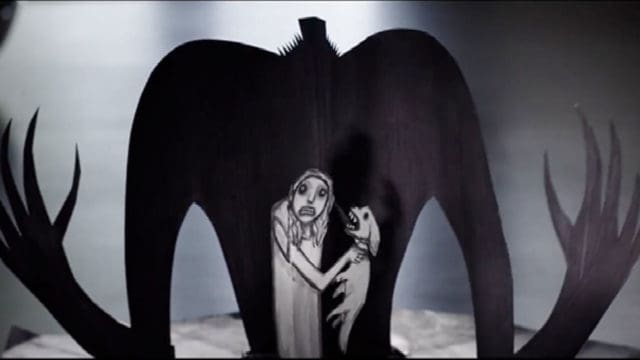
The Babadook — Not content to just make the splatter-fests of decades past, the horror genre has recently experienced a renaissance of thought-provoking, inventive, art-house films that force their viewers to think every bit as much as they force them to cringe. While not everybody’s cup of tea — especially those that just want to relax to the agonized screams of a masked killer’s latest victim — they are mature and unique offerings in genre too often relegated to schlock and cheap thrills.
While not the only, let alone first, of this vein of contemporaneous horror, The Babadook is perhaps the most successful (and certainly the most widely known). It follows the increasingly desperate struggles of a single mother attempting to care for her demonstrably difficult child ahead of the anniversary of her husband’s death and in the face of the general indifference of everybody else in her life. The titular Babadook is a manifestation of the depression she struggles with increasing failure to control: the German Expressionism-inspired monster from a children’s book that mysteriously appeared on her son’s bookshelf, and increasingly torments her small family.
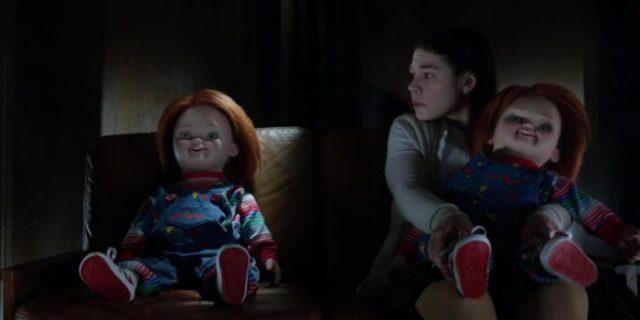
Cult of Chucky — I’ve said it before and I’ll say it again, the Child’s Play franchise is something of a minor miracle when it comes to this genre. It’s been continuously producing sequels of consistently high quality since 1988, incorporating much of its original cast and without the need to reboot itself to worm out of plot-holes or the continuity of regrettable installments. Some of them, particularly Bride and Curse of Chucky, are genuine masterworks of horror.
The latest installment delves into the fallout resulting from Curse of Chucky. Invalid Nica Pierce, the against-the-odds survivor of the previous film, has been institutionalized the murders she herself just barely survived. After four years of hard therapy, however, she transfers to a medium-security hospital, where whatever respite she had hoped for is immediately shattered upon the mysterious delivery of several Good Guy dolls to the hospital. Trapped in both the facility and her own chair-bound body, she needs to determine which doll houses the soul of the infamous killer, and who among the inmates she can even begin to trust.
Hellbound: Hellraiser II — Since I mentioned the first Hellraiser earlier this month in terms of Netflix’s best horror offerings, I would be amiss to leave off its arguably superior sequel. Although the series gave birth to more than its fair share of installments, the second, Hellbound, is where the franchise best realized its ambitious brand of horror.
Set in the immediate wake of the first movie, Kirsty is institutionalized when nobody believes that a demon with nails driven into his skull and a troupe of hell spawn minions murdered her parents and destroyed their idyllic English home. Convinced that her father’s soul is trapped in Hell, and unknowingly treated by a man obsessed with finding the Lament Configuration for himself, she is more desperate than ever to breach the void separating Earth from Hell.
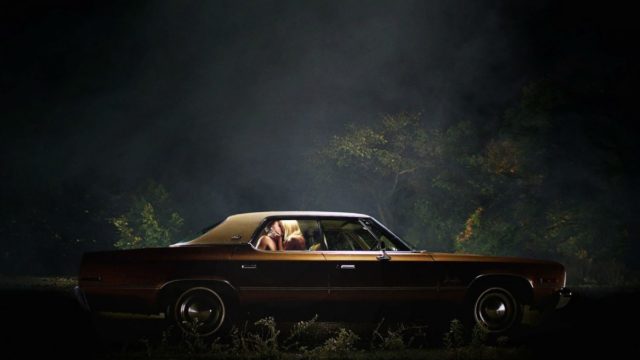
It Follows — Along with The Babadook and The Witch, It Follows is among the best known arthouse horror movies to come out in the last several years. Based around an intellectual conceit — rather than an exploitable antagonist — its scares are more measured, not to mention longer lasting, than the immediate thrill that most people, admittedly, look for when they sit down to watch a scary movie. If you can get behind a little something different, however, there is really nothing else out there quite like it.
All told, Jaime Height has a pretty good life. She has friends, attends college and even has a new boyfriend. Everything changes when her new beau drugs her after they have passionate sex in his car. She wakes strapped to a chair in an abandoned building as her boyfriend explains the sinister situation that she is now apart of. She will forever be chased by a malevolent shapeshift: shambling slowly, but unceasingly, toward her exact location at all times. If it catches her, she will die a horrible, twisted death and the only way to escape it is to have sex with somebody else, thus passing it on to them. But even then, if they die, it will come back to haunt her until she passes it on again. So begins the desperate, slow speed chase that will consume the rest of her life.
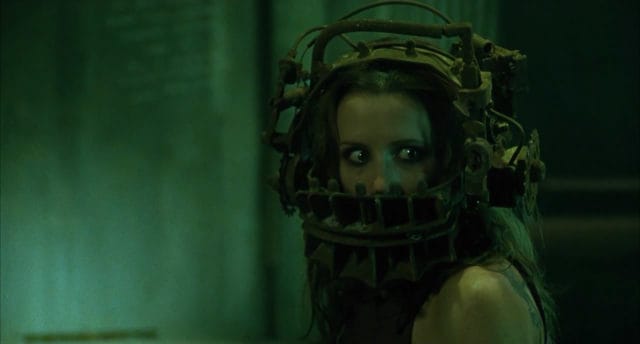
Saw — With the latest movie in the franchise, Jigsaw, loosed upon unsuspecting multiplexes, it’s easy to forget the no-budget horror film that birthed the whole franchise. Famously made by talented, but broke, filmmakers with only enough money between them to rent a single location, they made the best of their situation and made a movie perfectly suited for the limitations they found themselves up against.
Presenting a plot that soon became standard for the franchise, a philosophic killer, known as Jigsaw for the puzzle-shaped piece of flesh he cuts from the bodies of his victims, terrorizes a group of reprobates for their seeming moral failures. Placing them in a series of elaborately constructed traps customized to fit their unique transgressions — each of which is technically possible to escape from — he forces them to confront their shortcomings and sacrifice a part of themselves to receive their release. Although rougher than the films which followed, its visceral, backroom quality matches the tone and content of the film perfectly, making it easily the best movie in the ever-growing franchise.
 Follow Us
Follow Us


